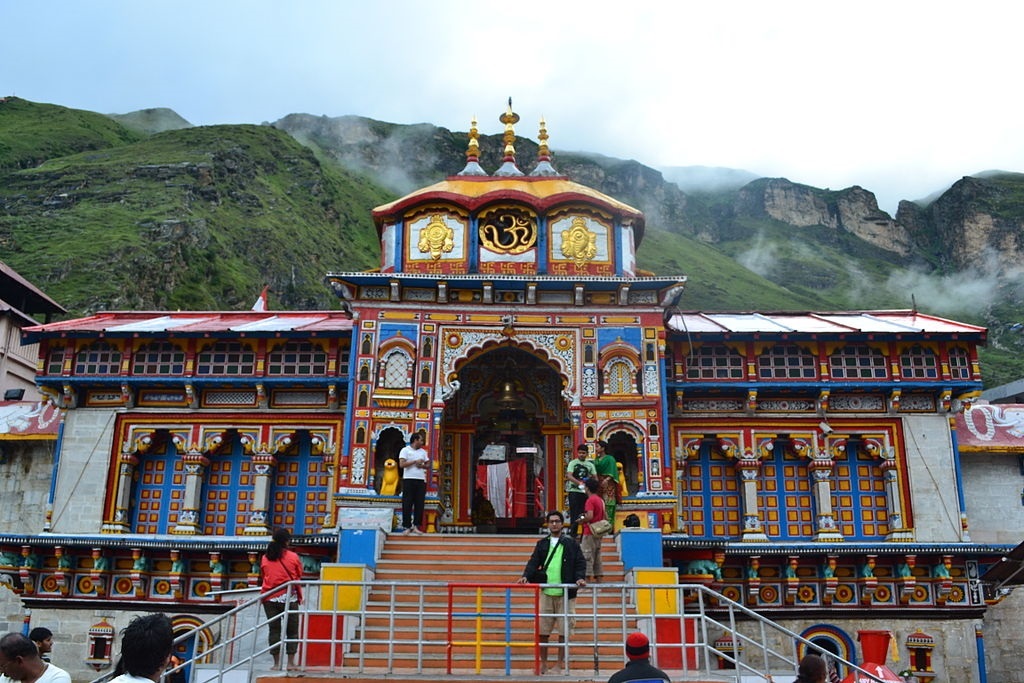The tradition of pilgrimage existed throughout history, in majorly all the religions.
It’s basically a journey undertaken to realize religious motives.
Our ancient scriptures have reference to Hindu Pilgrimage. The Sanskrit and Hindi word for the pilgrimage is ‘Teertha yatra’.

Pilgrimage has the basic purpose of the cultivation and teaching of religion and beliefs. Since Vedic times, Pilgrimage is a vital part of the Hindu spiritual practices. Let’s dig deeper to unveil the basic purpose of Pilgrimage.
Basic Purpose of Pilgrimage from Ancient Times
The great Hindu epics Ramayana and Mahabharata have the mention of the practice of pilgrimage. The Rigveda encloses the preliminary reference of Pilgrimage. It symbolizes the life of mortals (humans) as pilgrims who are clutched in the web form of life. All of us on earth are on a spiritual journey. The immortal heaven is our ultimate destination. Pilgrimages may be undertaken for varied purposes. But as per the scriptures, the best are those undertaken to express love and devotion to God rather than for self-centric motives.
Long ago from primitive times, numerous temples, shrines, other sacred religious places, and rivers have been eminent pilgrimage places. The River Ganga or the Ganges and the places situated around it like Benaras are considered very holy.
The Memorial place of the incarnations, the inspiring events of God, or great human beings are also great pilgrimage places. Such as The Kartarpur Sahib Gurudwara in Kartarpur, Pakistan, founded by Shri Guru Nanak Dev Ji is one of the pious places of pilgrimage for Sikh community. Similarly, Bodh Gaya is considered as one of the most important Buddhist pilgrimage sites, where Buddha attained enlightenment.
In ancient India, In 3-3 years, great conclaves were hosted in the form of Kumbha festivals (Melas). Visiting these Kumbha and Ardh-Kumbha fairs is also considered significant from a Pilgrimage perspective.
Pilgrimage in Different Religions
Hinduism and all other religions in India consider Pilgrimage as highly admirable for spiritual well-being. Like the Muslim Community did not consider their spiritual duties completed until they perform the Hajj, which is their Pilgrimage to Mecca. It is a compulsory religious duty in Islam that once in their lifetime must be executed.
In Buddhism also, there exist certain shrines and places that should be visited as a pilgrimage. Major of them are Lumbini, Bodh Gaya, Kusinara, and Sarnath. Whereas, in Sikhism, there lies no great importance on pilgrimage. Though the Harmandir Saheb (the Golden Temple) became the spiritual place of the Sikh faith, as a place of Pilgrimage.
Pilgrimage has great significance in Hinduism. Hindus undertake Pilgrimage to visit the sacred Char Dham. They believe going on Pilgrimage to Char Dham will make them a religious gain called ‘ Punya’. What are these Char Dhams and who established them? Let’s discuss this.
The Hindu Char Dham
To maintain the cultural unity of the motherland India, AadiGuru Shankaracharya renovated all four dhams. Badrinath, Jagannath, Dwarika, and Rameshwaram, a tour of these four Pilgrimages means touring the whole of India.
These are the main Pilgrimages – ‘Char Dham‘ of India. Alternatively, there are also the Himalayan Char Dham, which are – Kedarnath, Badrinath, Gangotri, and Yamunotri. Besides, there are numerous sacred places in India like Haridwar, Varanasi, Mathura, Ujjain, The 12 jyotirlingas, 51 Shakti peethas, and many other places.
Conclusion
Pilgrimage carried out to sacred places is regarded as a desirable practice to earn religious merit (Phala) within a life lived according to ‘dharma‘. It is among the considerable ways towards self-realization and bliss.


Pingback: Kumbh Mela - The Greatest Mela in the World - Auchitya
Pingback: Unusual Professions In India - Auchitya